This Week in History recalls memorable and decisive events and personalities of the past.
17th April 1961 – Bay of Pigs Invasion: A group of Cuban exiles financed and trained by the CIA lands at the Bay of Pigs in Cuba with the aim of ousting Fidel Castro
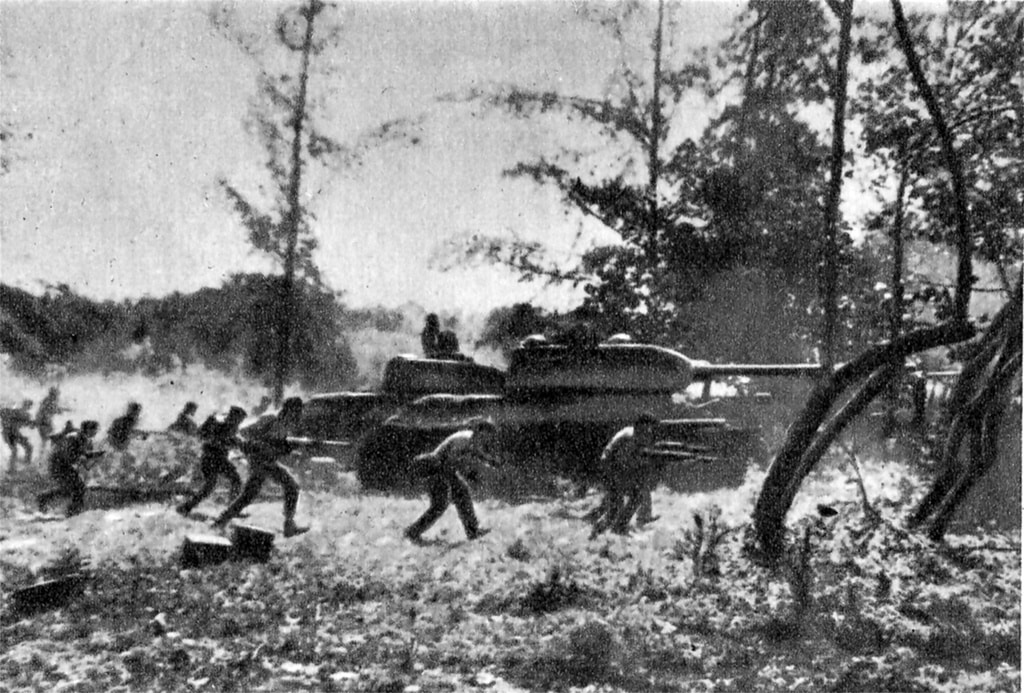
On 16 February 1959, Fidel Castro assumed control of the Republic of Cuba after overthrowing its military dictator, Fulgencio Batista.
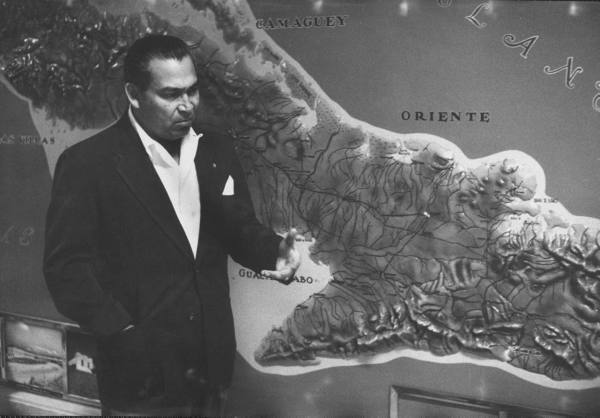
Castro began by declaring that there was no need for elections as the nation would be a ‘direct democracy’ in which the Cuban populace could assemble at demonstrations and express their democratic will to him personally.

Within a year, Castro’s government had begun a crackdown on opposition; guerrilla movements opposed to his capture of government were driven into the mountains, political opponents and dissenters were imprisoned and many were subjected to psychological torture, and the press became heavily censored. When Castro was criticised for his treatment of his opponents, he said: ‘Revolutionary justice is not based on legal precepts, but on moral conviction.’
In 1960, Castro ordered US-owned oil refineries in Cuba to begin processingn oil from the Soviet Union; when the companies refused, they were nationalised by the government. This set off a series of tit for tat exchanges, with the US placing embargos on Cuba for its nationalisation of American businesses, prompting the further seizure of private property by Castro’s government.
As relations soured, the CIA put forward a plan to the Eisenhower administration in March 1960 for the overthrow of the Castro regime, which was approved and given a budget of $13 million. Numerous plans were considered, including an idea to get the American mafia to assassinate Castro in return for concessions to the Mafia in Cuba’s gambling, prostitution and tourism industries.
Other plans involving a US-backed invasion of Cuba by Cuban exiles who had fled the island nation after Castro came to power were also discussed. In the end, a version of this idea was adopted by the CIA.
For America, 1960 was an election year in which US vice president in the Eisenhower administration, Richard Nixon, was challenged by Democrat John F Kennedy.
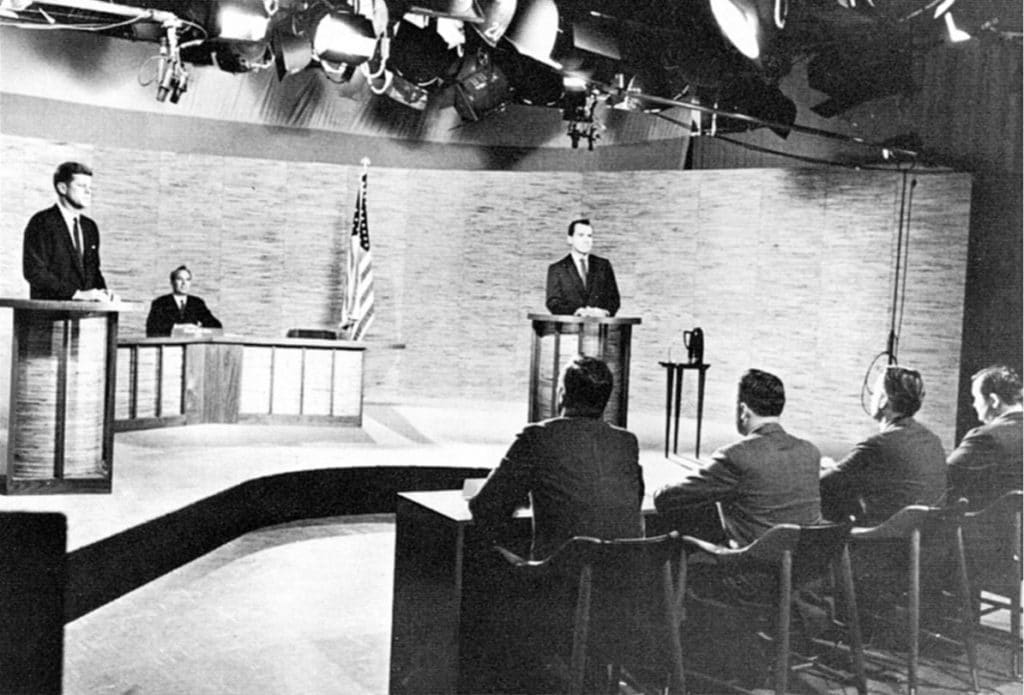
Both candidates publicly campaigned in favour of supporting Cuba’s non-Batista, anti-Castro rebels. Kennedy was able to claim Nixon was weak on Cuba as Nixon couldn’t disclose the details of the current administration’s plans to overthrow the Castro government.
Kennedy managed to narrowly win the 1960 election, and was informed of the plans to overthrow Castro during the hand-over of the administration in January 1961.
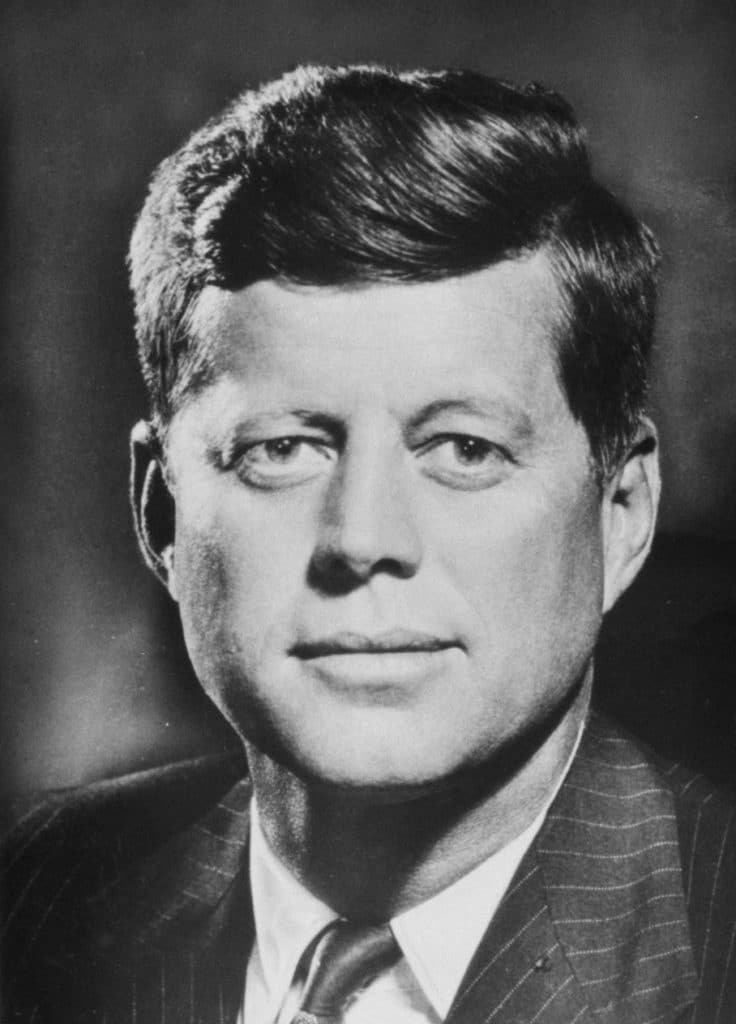
At first the Americans planned to help land a force of around 1 000 anti-Castro rebels near the port of Trinidad in Cuba. The idea was to make the operation look as if it had no US support. Trinidad was chosen, as it had an easy escape path to the nearby mountains and was close to anti-Castro forces already in Cuba. The plan also called for the landing of B-26 planes, which would then provide air support for the invasion. The Cuban exiles would then seek to spark a greater uprising against the Castro regime and replace it with a new government.
The Kennedy administration worried that the site of the invasion at Trinidad was too close to population centres and it would be harder to hide American involvement in the plan. He also worried that the airstrip there would not be long enough to land the B-26s. So the site of the landing was changed to the ‘Bay of Pigs’, which was further away from any population centres. In April 1960, the CIA set to work training the exiles in infantry tactics.
In the months leading up to the invasion, some of the exiles spoke indiscreetly about the planned invasion and the Cuban intelligence services became aware of the date of the invasion and the US plan, information which was passed to them by the KGB.
On 15 April 1961, the Americans began the operation by sending several B-26s filled with Cuban exile pilots and armed with rockets and bombs to attack the Cuban Air Force on the ground. The attacks were moderately successful in some cases but a failure in others. Some of the American planes were shot down or damaged.
Laster that day, the Cubans at the United Nations publicly accused the US of carrying out the attacks, which was point blank denied, with President Kennedy saying:
‘I have emphasized before that this was a struggle of Cuban patriots against a Cuban dictator. While we could not be expected to hide our sympathies, we made it repeatedly clear that the armed forces of this country would not intervene in any way’.
The Cubans began rounding up anyone suspected of ‘anti-revolutionary activities’ and imprisoning them. Meanwhile the Americans attempted a diversionary landing nearby, which failed.
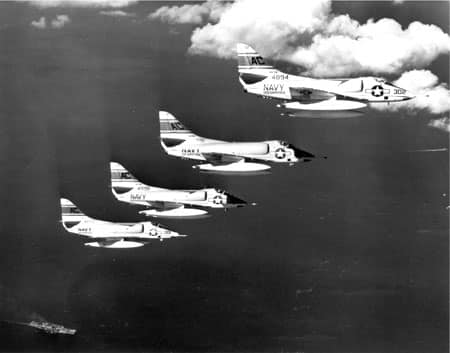
Late on 16 April Kennedy cancelled all further air strikes against the Cuban regime so as to prevent knowledge of American involvement in the invasion.
The Cuban exiles began landing in the early hours of 17 April, but due to bad intelligence from the CIA were delayed by coral reefs. The landing zone was also flooded with search lights and so the site of the invasion was moved. Upon landing, the exiles took fire from Cuban troops who were patrolling nearby and began fighting with local regime forces.
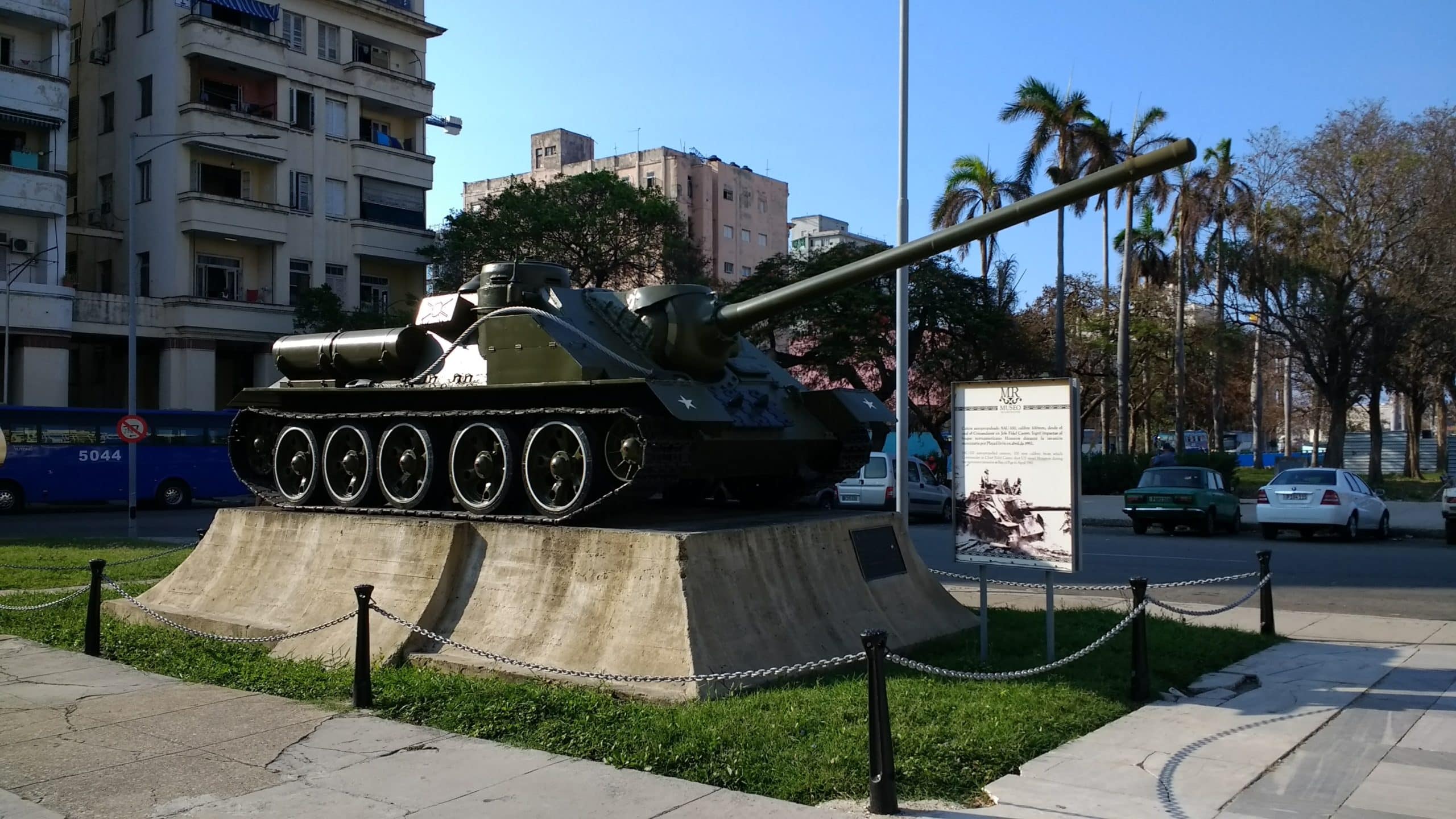
The exiles soon became pinned down by government troops and when day broke their landing ships carrying many of their supplies were attacked and some of them sunk by government aircraft.
The fighting continued, but while the exiles exacted heavy losses on the regime forces, they had no clear supply route and ran low on ammunition. The Americans tried to drop ammunition to the exiles by air, but these were inadequate. Slowly but surely the exiles began to give way to the government forces.
At 14:00 on 18 April 1961, the Soviet Union sent a message to President Kennedy saying that any attempt to support the exiles with American troops could be met with nuclear retaliation by the Soviets.
On 19 April the remaining members of the exile forces retreated to the beaches and fled to American ships nearby as the Cuban forces achieved victory.
In total, the exiles, who numbered around 1 500, suffered 118 killed 360 wounded. Some 1 200 of them were taken prisoner. Hundreds of the men captured were executed by the Cubans. Of the 225 000 government soldiers and militia, around 2 200 were killed in the fighting.
The entire operation was an embarrassing failure for the United States and would help to set in motion the events of the Cuban missile crisis in 1962.
23rd of April 2005 – The first ever YouTube video, titled ‘Me at the zoo’, was published by co-founder Jawed Karim

Testing out the video uploading on their new site, the creators of YouTube uploaded the first video to the site. Co-founder Jawed Karim, a German-American, uploaded the 18-second video of himself standing in front of the elephant enclosure at the San Diego Zoo. You can watch the video here:
If you like what you have just read, support the Daily Friend

